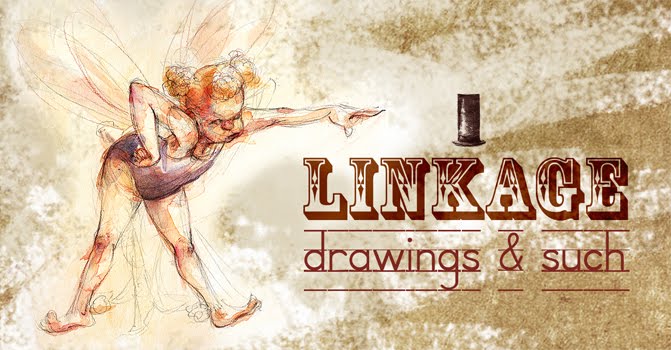

As I've mentioned before a great deal of the material I've covered has been distilled from my experiences merged with multiple sources—Walt Stanchfield, Joseph Cintron, Robert Henri, Dom Scibila, Marcos Mateu-Mestre and Mark McDonnell. In particular, these next two weeks of notes are derived from Mark's book The Art and Feel of Making it Real: Gesture Drawing for the Animation and Entertainment Industry
Key to remember when gesture drawing is to tell the entire story you need tell in the alotted amount of time. But when you do have more time don't dally around with the details until AFTER you've got the initial gesture. Don't get gushy, gusy with making the world's most accurate eyelash...! Given that you have limited time there are some indicators that can help capture the essence. In animation and illustration they're called "cheats". But really they are more like some of the landmarks that we've talked about previously—extensions of the points of articulation ( joints, neck and waist, the basic shapes to recall of the figure if you are doing multiple drawings)
Here are two more:
1. Use visual cues on the surface of the clothes, such as stitching, or a belt that will exploit the direction and volume at the same time.
2. The second is "plusing" - or pushing what you are seeing by making it much larger than it actually appears in life. This is the act of giving the drawing more than what it is that is appearing in front of you in terms of your source material. We "plus" to enhance the silhouette. Don't be afraid to push an arm or leg out away from the body if the pose seems a bit closed. Remember the model is only the beginning of the story—not the end of it. This is particularly true if you're at a vantage point where foreshortening is such that everything flattens. To tell the story you will have to stretch and push the form to do what you need it to do.
Remember it's all about reading the story quickly!!

No comments:
Post a Comment